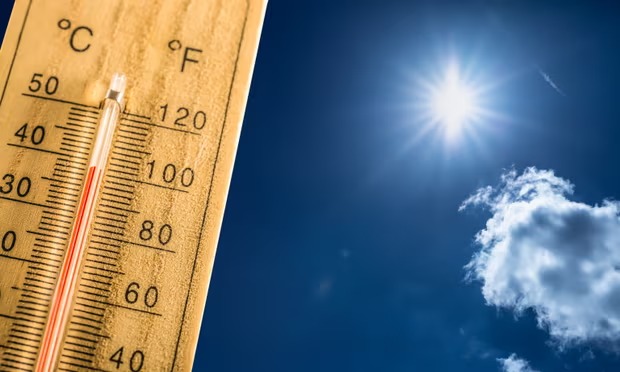New Zealand has found itself thrust into a sweltering embrace of unprecedented heat this September, defying its usual cool and crisp spring beginnings. While the northern hemisphere has recently grappled with an alarming rise in temperatures during summer, New Zealand’s autumnal season has been swept away by a sizzling heatwave, leaving both locals and scientists astounded. The nation has just witnessed its hottest September on record, with temperatures soaring to levels normally reserved for the heart of summer.
Across-the-Board Temperature Soar
Every nook and cranny of New Zealand has been left sweltering as the nation collectively broke into a sweat. According to data released by the National Institute of Water and Atmospherics (NIWA), the average nationwide temperature for September 2023 stood at 11.9°C, a remarkable 1.3°C warmer than the September average between 1991 and 2020. These unprecedented temperatures mark the hottest September in New Zealand’s recorded climate history, dating back to 1909. The whole country found itself caught in this fiery grip, with each region experiencing above-average temperatures. Auckland basked as the warmest, Tauranga reveled in the sunniest, Dunedin remained the driest, Wellington faced the wettest and least sunny conditions, while Christchurch held the title for the coolest.
Exceptional Northern Island Records
The North Island, not to be outdone by its southern counterpart, shattered records with a sweltering performance of its own. Wairoa, situated on the east coast, soared to a scorching 29.6°C on September 21st, etching its name into the record books as the highest September temperature ever recorded on the North Island. This remarkable feat also earned Wairoa the honor of securing New Zealand’s third-highest temperature ever for the month of September since climate records were initiated.
Sizzling South Island Surprises
Not to be outshone, the South Island also contributed its fair share of surprises to this blazing narrative. Some locations within the South Island registered daily maximum temperatures that left residents and meteorologists in awe. Oban, nestled on Stewart Island, saw its mercury rise to 23.5°C, a staggering 6 degrees higher than the usual maximum temperature expected for the month of February – the pinnacle of New Zealand’s summer. “In Oban, 23.5°C would be quite an exceptionally warm day in summer down there, let alone in September,” stated Gregor Macara, a climate scientist at NIWA.
This extraordinary heatwave coincided with the official declaration of El Niño conditions by NIWA last week. This weather phenomenon typically ushers in warmer winds from the west and north-west, often leading to drier conditions along the east coast of New Zealand. Gregor Macara, the climate scientist at NIWA, explained, “Sydney has been getting some exceptionally high temperatures into the mid-30s, and some of those warmer air masses have been blown over the Tasman Sea to New Zealand.” El Niño is anticipated to persist through the summer, potentially resulting in further bouts of unseasonable warmth followed by abrupt cold snaps. Different regions may experience varying consequences, with increased rainfall and flooding expected in some western areas, while eastern regions could face the looming threat of drought.
Climate Change Impact:
While El Niño traditionally contributes to warmer conditions, it is crucial to acknowledge the role of climate change in intensifying the heat. According to Macara, climate change is undeniably amplifying the odds of experiencing high temperatures because the baseline temperature has risen substantially over the years. As the world grapples with the consequences of a warming climate, New Zealand’s record-breaking September serves as a stark reminder that the planet’s weather patterns are undergoing profound shifts, with potentially devastating implications for the future.
In conclusion, New Zealand’s hottest September on record stands as a poignant testament to the ever-escalating impact of climate change on our planet’s delicate balance.
















